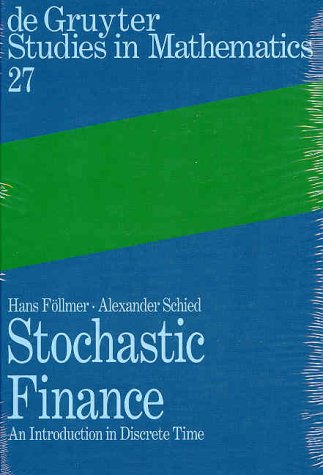

Most ebook files are in PDF format, so you can easily read them using various software such as Foxit Reader or directly on the Google Chrome browser.
Some ebook files are released by publishers in other formats such as .awz, .mobi, .epub, .fb2, etc. You may need to install specific software to read these formats on mobile/PC, such as Calibre.
Please read the tutorial at this link: https://ebookbell.com/faq
We offer FREE conversion to the popular formats you request; however, this may take some time. Therefore, right after payment, please email us, and we will try to provide the service as quickly as possible.
For some exceptional file formats or broken links (if any), please refrain from opening any disputes. Instead, email us first, and we will try to assist within a maximum of 6 hours.
EbookBell Team

4.7
36 reviewsThe first part of the book contains a study of financial investments in a static one-period market model. Here, an investor faces intrinsic risk and uncertainty, which cannot be hedged away. The tools presented to deal with this situation range from the classical theory of expected utility until the more recent development of measures of risk.
In the second part of the book, the idea of dynamic hedging and arbitrage-free pricing of contingent claims is developed in a multi-period framework. Such market models are typically incomplete, and particular focus is given to
methods combining the dynamic hedging of a risky position with the tools of assessing risk and uncertainty as presented in part.
Contents: Mathematical finance in one period: Arbitrage theory. Expected utility. Optimal investments. Measures of risk Dynamic Arbitrage Theory: Dynamic hedging of contingent claims. American contingent claims. Optional decomposition and super-hedging. Efficient hedging in incomplete markets. Minimizing the hedging error. Hedging under constraints References. Index